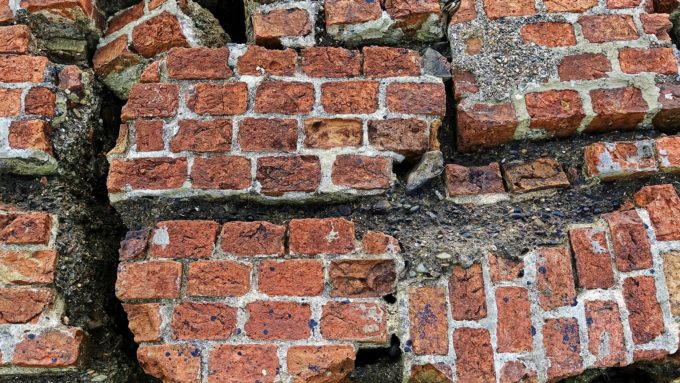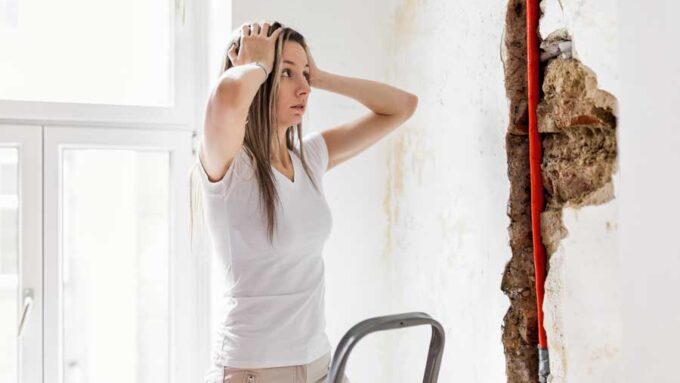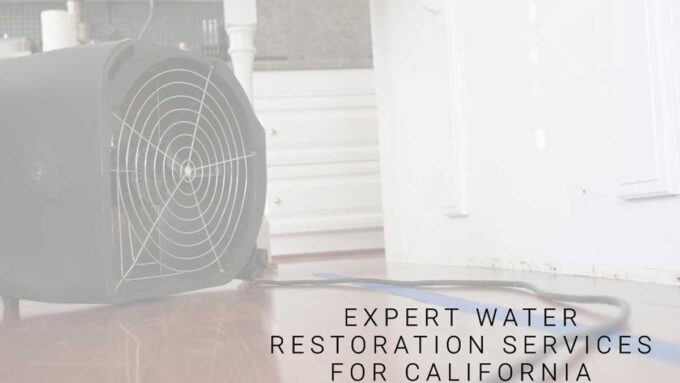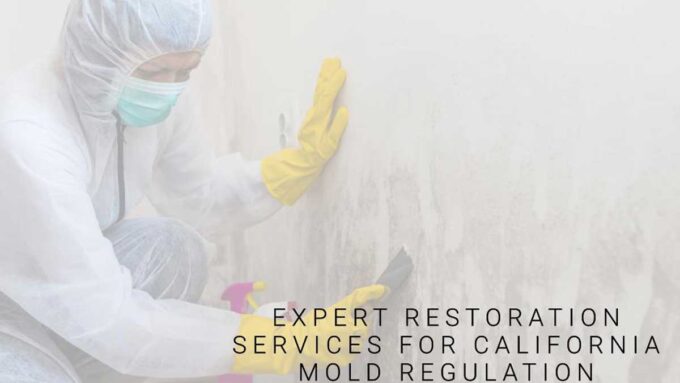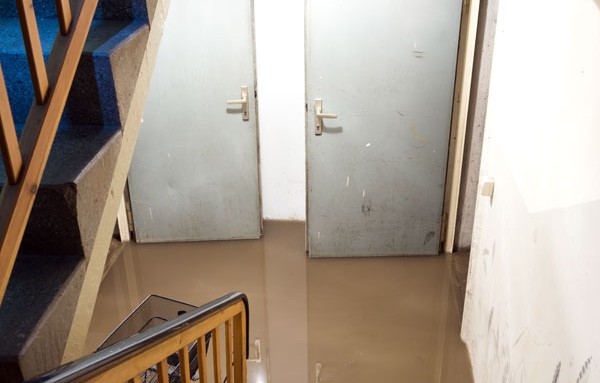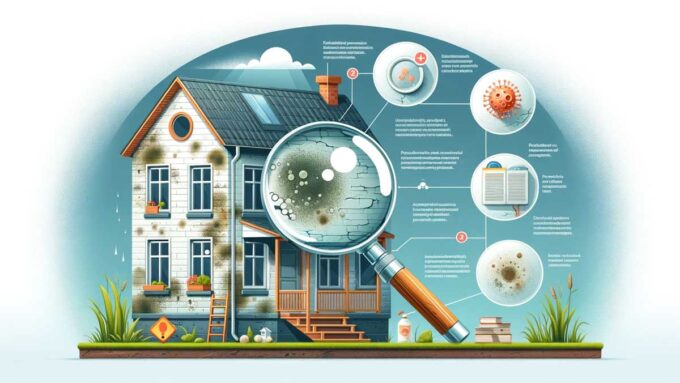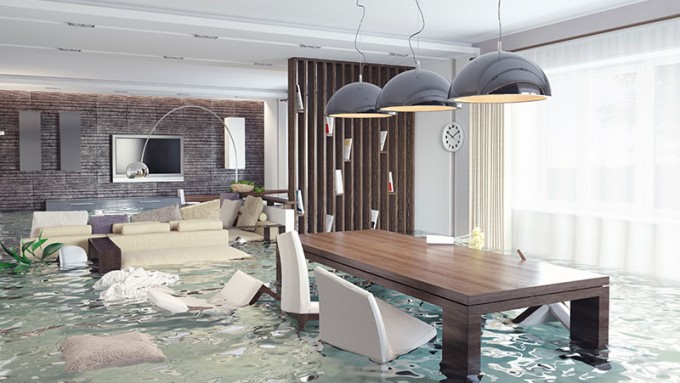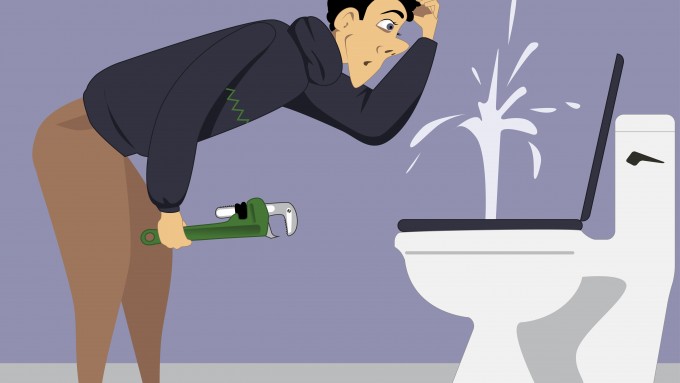If you haven’t been through an earthquake before, you have managed to avoid going through what can be a truly frightening experience. Earthquakes are very common in the state of California and can occur on either a small or large scale. In fact, you may have been through an earthquake before, and may not have even noticed it if it was either very small in nature, or perhaps you were too far from the epicenter of the earthquake. If an earthquake is a totally foreign experience to you, we are going to give you a breakdown of a few things that you need to know about earthquakes.
What is An Earthquake?
An earthquake is a tremor or shaking of the ground that is caused by a shifting of tectonic plates that are lying beneath the earth. Tectonic plates naturally butt against one another beneath the earth, but when one tectonic plate slips past another tectonic plate, shifts and quakes in the earth happen. The location beneath the earth where the earthquake originates is known as the hypocenter.
An earthquake typically happens in three different phases that include the foreshock, the mainshock, and the aftershock.
What is the Foreshock?
The foreshock is composed of tiny earthquakes that happen around the epicenter of the larger earthquake that follows. The only downside of studying foreshocks is that we don’t know if a foreshock is an earthquake or if it is just a foreshock, until we know if a bigger quake occurs after it.
What is the Mainshock?
The main shock is what we have come to know as the main part of the earthquake. This is the part of the quake that comes after the foreshock or foreshocks.
What are Aftershocks?
The mainshock or the brunt of the earthquake is always followed by aftershocks. What’s incredible about aftershocks is that depending on the size of the mainshock, they can occur for days, months, or years after the earthquake has ended.
More on Earthquakes
Essentially, an earthquake is caused when the potential energy that is stored up by adjacent plates, overcomes the friction between the two plates. The place where two plates are connected is called the fault, and when plates have built up enough potential energy from small or large shifts over time, it causes the faults of those plates to unstick themselves. When the contact of the faults between two plates breaks, seismic energy is released, which causes the earthquakes that we feel on the earth’s surface.
Earthquakes can damage homes, businesses, infrastructure, grading, and lawns. A structure impacted by an earthquake may collapse, become unstable, no longer function, or incur cosmetic damages. Once you are safe from the main shock or immediate aftershocks of an earthquake, contact a restoration certified specialist to help right away. In California, it may be a good idea to have such a specialist in your list of emergency numbers.

